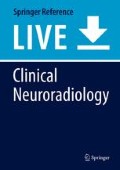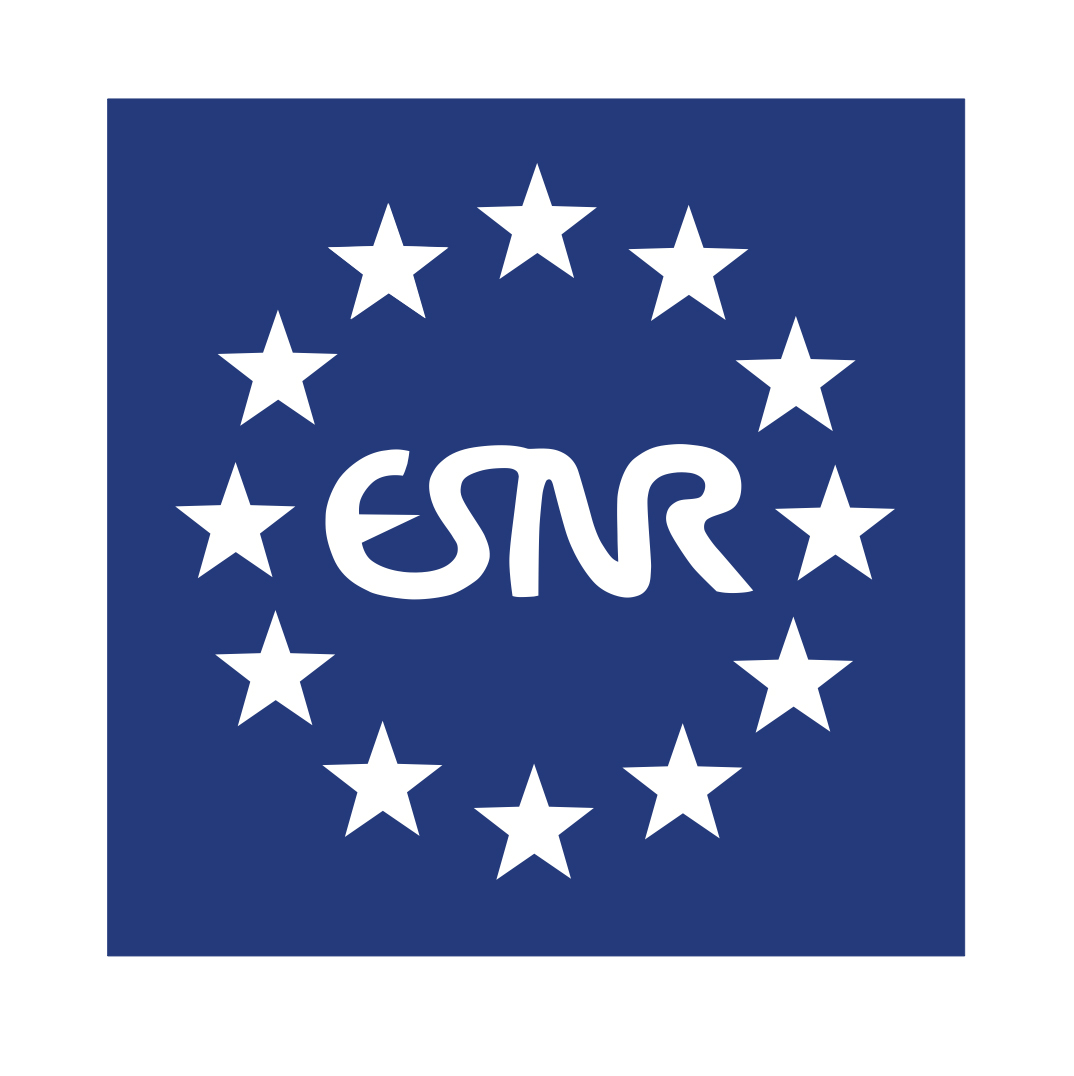Abstract
Neocortical epilepsy is a chronic condition characterized by focal or generalized seizures starting within the cortex of any lobe of the brain. In this chapter, some of the most common epileptogenic lesions will be discussed, including malformations of cortical development (MCDs) comprising focal cortical dysplasia (FCD), polymicrogyria (PMG), heterotopia (HTP), hemimegalencephaly (HME), and acquired lesions after vascular and traumatic injuries that can develop to post-stroke epilepsy (PSE) or post-traumatic epilepsy (PTE). Some other lesions like cortical tubers of tuberous sclerosis complex and cavernous angioma, which can be associated to neocortical epilepsy, are treated in other chapters of this book. Clinical neuroradiology plays a pivotal role to establish the diagnosis and to select patient candidate to surgery. The radiological technique fundamental for neocortical epilepsies is brain magnetic resonance imaging (MRI). It is mandatory in patients with drug-resistant focal epilepsy (DRFE) aimed to detect the suspected associated anatomical lesion and to define its location, extension, and relationship with the eloquent brain areas.
An epilepsy-specific protocol is needed to identify even very subtle lesions, particularly tiny FCDs. Knowledge of the electro-clinical presentation is key for planning a correct MRI examination to use the proper sequence angulation. The MRI study should cover the whole brain including different weighted sequences in three planes. Interpretation should be performed by experienced readers and particularly focused on the brain area suspected as the epileptogenic zone (EZ). In non-lesional MRI patients, re-evaluation of MRI could be helpful after all ancillary tests are completed, including nuclear medicine and invasive electrophysiological investigation, such as stereo-electroencephalography (SEEG), to search retrospectively for subtle structural lesions.
 This publication is endorsed by: European Society of Neuroradiology (www.esnr.org)
This publication is endorsed by: European Society of Neuroradiology (www.esnr.org)
Abbreviations
- 18F-FDG PET:
-
18-Fluoro-2-deoxyglucose positron emission tomography
- DRFE:
-
Drug-resistant focal epilepsy
- EZ:
-
Epileptogenic zone
- FCD:
-
Focal cortical dysplasia
- HME:
-
Hemimegalencephaly
- HTP:
-
Heterotopia
- MCDs:
-
Malformations of cortical development
- PMG:
-
Polymicrogyria
- PSE:
-
Post-stroke epilepsy
- PSS:
-
Post-stroke seizures
- PTE:
-
Post-traumatic epilepsy
- PTS:
-
Post-traumatic seizures
- SISCOM:
-
Subtracted ictal SPECT co-registered to MRI
References
Barkovich AJ, Guerrini R, Kuzniecky RI, et al. A developmental and genetic classifications for malformations of cortical development: update 2012. Brain. 2012;135:1348–69. https://doi.org/10.1093/brain/aws019.
Benbir G, Ince B, Bozluolcay M. The epidemiology of post-stroke epilepsy according to stroke subtypes. Acta Neurol Scand. 2006;114(1):8–12. https://doi.org/10.1111/j.1600-0404.2006.00642.x.
Blümcke I, Thom M, Aronica E, et al. The clinicopathologic spectrum of focal cortical dysplasias: a consensus classification proposed by an ad hoc task force of the ILAE diagnostic methods commission. Epilepsia. 2011;52(1):158–74. https://doi.org/10.1111/j.1528-1167.2010.02777.x.
Blümcke I, Spreafico R, Haaker G, et al. Histopathologic findings in brain tissue obtained during epilepsy surgery. N Engl J Med. 2017;377:1648–56. https://doi.org/10.1056/NEJMoa1703784.
Colombo N, Tassi L, Deleo F, et al. Focal cortical dysplasia type IIa and type IIb: MRI aspects in 118 cases proven by histopathology. Neuroradiology. 2012;54(10):1065–77. https://doi.org/10.1007/s00234-012-1049-1.
Holthausen H, Pieper T, Coras R, et al. Isolated focal cortical dysplasias type Ia (FCD type Ia) as cause of severe focal epilepsies in children. Neuropediatrics. 2014;45(Suppl):51–5. https://doi.org/10.1055/s-0034-1390564.
Pitkänen A, Immonen R. Epilepsy related to traumatic brain injury. Neurotherapeutics. 2014;11(2):286–96. https://doi.org/10.1007/s13311-014-0260-7.
Rossini L, Villani F, Granata T, et al. FCD type II and mTOR pathway: evidence for different mechanisms involved in the pathogenesis of dysmorphic neurons. Epilepsy Res. 2017;129:146–56. https://doi.org/10.1016/j.eplepsyres.2016.12.002.
Tassi L, Garbelli R, Colombo N, et al. Type I focal cortical dysplasia: surgical outcome is related to histopathology. Epileptic Disord. 2010;12:181–91. https://doi.org/10.1684/epd.2010.0327.
Tassi L, Garbelli R, Colombo N, et al. Electroclinical, MRI and surgical outcomes in 100 epileptic patients with type II FCD. Epileptic Disord. 2012;14(3):257–66. https://doi.org/10.1684/epd.2012.0525.
Taylor DC, Falconer MA, Bruton CJ, et al. Focal dysplasia of the cerebral cortex in epilepsy. J Neurol Neurosurg Psychiatry. 1971;34:369–87.
Suggested Readings
Barkovich AJ, Dobyns WB, Guerrini R. Malformations of cortical development and epilepsy. Cold Spring Harb Perspect Med. 2015;5(5):a022392. https://doi.org/10.1101/cshperspect.a022392.
Bernasconi A, Bernasconi N, Bernhardt BC, et al. Advances in MRI for “cryptogenic” epilepsies. Nat Rev Neurol. 2011;7:99–108. https://doi.org/10.1038/nrneurol.2010.199.
Cianfoni A, Caulo M, Cerase A, et al. Seizure-induced brain lesions: a wide spectrum of variably reversible MRI abnormalities. Eur J Radiol. 2013;82(11):1964–72. https://doi.org/10.1016/j.ejrad.2013.05.020.
Cossu M, Pelliccia V, Gozzo F, et al. Surgical treatment of polymicrogyria-related epilepsy. Epilepsia. 2016;57(12):2001–10. https://doi.org/10.1111/epi.13589.
Fischl B. FreeSurfer. NeuroImage. 2012;62(2):774–81. https://doi.org/10.1016/j.meuroimage.2012.01.021.
Mellerio C, Labeyrie MA, Chassoux F, et al. 3T MRI improves the detection of transmantle sign in type 2 focal cortical dysplasia. Epilepsia. 2014;55(1):117–22. https://doi.org/10.1111/epi.12464.
Pitkänen A, Roivainen R, Lukasiuk K. Development of epilepsy after ischaemic stroke. Lancet Neurol. 2016;15(2):185–97.
Thesen T, Quinn BT, Carlson C, et al. Detection of epileptogenic cortical malformations with surface-based MRI morphometry. PLoS One. 2011;6(2):e16430. https://doi.org/10.1371/journal.pone.0016430.
Wagner J, Weber B, Urbach H, et al. Morphometric MRI analysis improves detection of focal cortical dysplasia type II. Brain. 2011;134(Pt 10):2844–54. https://doi.org/10.1093/brain/awr204.
Veersema TJ, Ferrier CH, Van Eijsden P, et al. Seven tesla MRI improves detection of focal cortical dysplasia in patients with refractory focal epilepsy. Epilepsia Open. 2017;2(2):162–71. https://doi.org/10.1002/epi4.12041.
Author information
Authors and Affiliations
Corresponding author
Editor information
Editors and Affiliations
Section Editor information
Rights and permissions
Copyright information
© 2018 Springer International Publishing AG, part of Springer Nature
About this entry
Cite this entry
Colombo, N., Bargalló, N., Redaelli, D. (2018). Neuroimaging Evaluation in Neocortical Epilepsies. In: Barkhof, F., Jager, R., Thurnher, M., Rovira Cañellas, A. (eds) Clinical Neuroradiology. Springer, Cham. https://doi.org/10.1007/978-3-319-61423-6_51-1
Download citation
DOI: https://doi.org/10.1007/978-3-319-61423-6_51-1
Received:
Accepted:
Published:
Publisher Name: Springer, Cham
Print ISBN: 978-3-319-61423-6
Online ISBN: 978-3-319-61423-6
eBook Packages: Springer Reference MedicineReference Module Medicine


